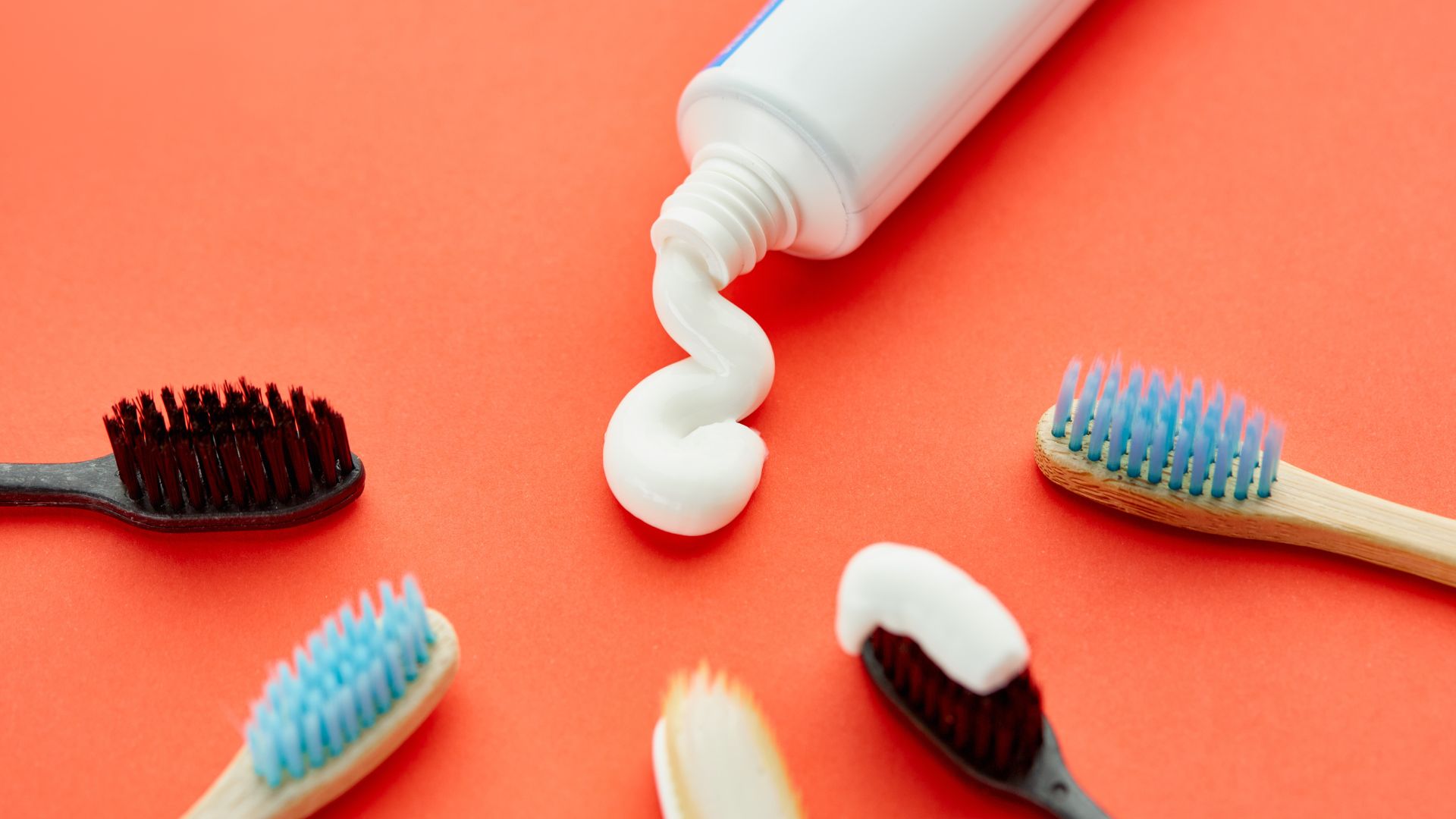Your Guide to Getting a Filling for Tooth

Discovering the need for a filling for tooth can often prompt a swirl of questions regarding its necessity, process, and aftercare. Tooth fillings, a fundamental aspect of dental health, play a vital role not only in restoring a tooth’s functionality but also in preventing further decay and potential root canal treatment. The significance of fillings extends beyond mere medical necessity; it encompasses aesthetic considerations, tooth sensitivity management, and the preservation of tooth structure. As your advisor in the realm of dental health, it’s important to understand the importance of addressing tooth decay early on and the role that fillings play in maintaining the longevity and health of your teeth.
This guide aims to navigate you through the intricacies of getting a tooth filling in Singapore, from recognising the symptoms that indicate the need for a filling—such as sensitivity and pain—to understanding the step-by-step filling procedure, and how different types of fillings, from temporary to permanent, from cement fillings for cavities to fillings for broken teeth, can impact the invasiveness of the procedure, its cost, and the overall aesthetic result. Furthermore, we will discuss the critical factors of maintenance and aftercare to ensure the longevity of your filling, helping you make informed decisions regarding your dental health.
The Importance of Tooth Fillings

Preventing Further Decay
Tooth fillings play a crucial role in halting the progression of decay within a tooth. By sealing cavities, fillings prevent bacteria from entering and causing further deterioration. This proactive approach not only preserves the natural structure of the tooth but also prevents decay from spreading to neighbouring teeth, which could lead to more extensive damage and the need for additional treatments.
Restoring Normal Function and Appearance
One of the primary benefits of dental fillings is their ability to restore the functionality and aesthetics of damaged teeth. Fillings help to rebuild the tooth structure compromised by decay, allowing you to regain full functionality such as chewing and biting. Moreover, with materials like composite resin, fillings can be closely matched to the colour of your natural teeth, enhancing the cosmetic appearance and ensuring that the repairs are not noticeable.
Avoiding More Complex Treatments
By addressing cavities early with fillings, you can avoid more complex and invasive treatments such as root canals or tooth extractions. Fillings provide a simple yet effective solution to tooth decay, preventing the condition from escalating to a stage that requires more drastic dental interventions. This not only saves your natural tooth but also reduces the overall treatment time and cost associated with dental care.
Symptoms Indicating the Need for a Filling
Sensitivity to Temperature or Sweets
You may notice an increased sensitivity to hot, cold, or sweet foods and drinks. This discomfort can range from mild to sharp pain and is often a sign that the enamel of your teeth has been compromised, exposing the sensitive dentin beneath.
Pain While Biting
Experiencing pain when you bite down can indicate that the decay has reached the deeper layers of your tooth, necessitating immediate attention. This type of pain might manifest as a dull, throbbing ache in the area or sharp pain on biting, suggesting inflammation of the nerves inside the tooth.
Visible Holes or Damage
Visible signs such as holes, pits, or dark staining (brown, black, or white) on any surface of your teeth are clear indicators of decay. These defects not only affect the aesthetics of your smile but also represent areas where bacteria can enter and exacerbate the decay process.
Step-by-Step Filling Procedure
Cleaning up the decayed tooth
The process begins with numbing the area around the affected tooth using a local anaesthetic to ensure a pain-free experience. The decayed or damaged portion is then meticulously removed using tools like drills, air abrasion instruments, or lasers, depending on the extent of decay and the dentist’s preference. This step is crucial to prepare the tooth for the filling by creating a clean and bacteria-free environment.
Applying the filling material
After cleaning, the dentist selects the appropriate filling material—options include amalgam, composite, or ceramic—based on the tooth’s condition and location. For composite fillings, the material is applied in layers, each shaped to fit the cavity precisely, ensuring that the filling conforms to the natural anatomy of the tooth.
Curing and hardening
Each layer of composite resin is then cured using a special ultraviolet light, which activates the chemicals in the resin, causing it to harden quickly and bond securely to the tooth structure. This step is essential for the durability and functionality of the filling.
Adjusting and polishing the filling
The final steps involve making any necessary adjustments to the filling to ensure a comfortable bite and fit within the mouth. The dentist uses articulating paper to identify any high spots or areas of discomfort, which are then corrected. Finally, the filling is polished to a smooth finish to improve its appearance and ensure that it feels natural in the mouth, preventing irritation to the tongue or cheek.
Maintenance and Aftercare
Post-procedure Sensitivity
After your dental filling, it’s normal to experience some sensitivity to temperature or pressure. This sensitivity should gradually decrease over a few days to a week. To manage this, avoid extremely hot or cold foods and chew on the opposite side of your mouth. Using a toothpaste designed for sensitive teeth can also help alleviate discomfort.
Oral Hygiene Practices
Maintaining good oral hygiene is crucial after getting a filling. Brush your teeth at least twice a day using a soft-bristled toothbrush and non-abrasive toothpaste to avoid damaging the filling. It’s also important to floss daily, being gentle around the filled area to prevent dislodging the filling. Regular use of fluoride toothpaste and possibly an antibacterial mouthwash will further protect your teeth and the longevity of your fillings.
Regular Dental Visits
To ensure your fillings and overall dental health remain in top condition, schedule regular check-ups with your dentist. These visits are essential for monitoring the state of your fillings and for professional cleaning to remove any plaque or tartar buildup. If you experience any persistent discomfort or sensitivity, or if you notice any changes in your bite or the appearance of the filling, consult your dentist immediately. Regular dental assessments can prevent more severe issues and help maintain your oral health.
Conclusion
Throughout this comprehensive guide, we have meticulously discussed the pivotal role of tooth fillings in maintaining dental health, addressing the spectrum from early detection of decay to the selection of suitable materials and the aftercare imperative for longevity. Emphasizing the importance of timely intervention, we’ve advised on recognising symptoms, detailed the step-by-step procedure of filling a tooth, and underscored the critical aspect of aftercare to assure the durability of your dental work. Such endeavors not only prevent further decay but also avert the necessity for more invasive treatments, thereby preserving the natural structure and functionality of your teeth.
As an advisor in dental health, the imperative to maintain diligent oral hygiene and regular dental check-ups cannot be overstressed. The steps outlined in this guide serve as a cornerstone for informed decisions regarding your dental care, aiming to enhance the longevity of your fillings and overall oral health. Reflecting on the broader implications, it’s evident that comprehensive dental care, including effective fillings, significantly contributes to one’s quality of life, underscoring the importance of such preventative measures in ensuring lasting dental health and well-being.


